Astigmatism is a refractive error that is similar to nearsightedness and farsightedness. It is an abnormal curve that occurs on the cornea, causing two points of focus to fall in different directions, which makes objects which are up close and at a distance blurry. Astigmatism changes how light is refracted onto the retina, and is even worse at night or in other conditions that require low light. This is because the pupil dilates because it’s in need of more light. The condition might be present in one from birth, after an eye injury, surgery or related diseases.
Symptoms of Astigmatism
Some of the signs and symptoms that are associated with this type of eye refractive error include, but are not limited to the following:
- Blurred vision. This is the dominant sign in people suffering from this eye condition. You will find that you cannot see clearly, and images are blurry and at times distorted.
- Straining of the eye. Just as myopia and hyperopia, astigmatism also causes an individual to strain his or her eyes when seeing. This happens because you want to see what is happening and who is ahead of you but you cannot. This straining of the eye leads to huge discomforts.
- Headaches. Headaches mostly occur as a result of straining the eye. This is uncomfortable and can cause severe pains.
If you no longer enjoy the things you used to, and you have realized that your life has completely changed over a short period because of the deterioration of your vision, then you should see a doctor. An eye doctor is able to determine whether or not you have astigmatism, and if you do, to what degree is the condition. He or she can then give the appropriate solution to the problem. However, children and adolescents might not be able to tell whether their eye vision is deteriorating. It is important that they get their eye tested by a pediatrician, ophthalmologists and other trained personnel when they are born, when they are in their school age at least once or twice a year.
Causes of Astigmatism
- Corneal Astigmatism. The refractive error occurs when the curvature of the cornea develops an oblong shape and not the spherical shape as it should. Light is then prevented from coming into a single focus into the retina. This leads to a blurry and double vision.
- Lenticular Astigmatism. This is caused by an imperfect curvature of the lens, which in turn focuses light behind or in front of the retina. The signs and symptoms of lenticular astigmatism are the same as that of the corneal astigmatism.
Eye Meridians & Astigmatism
Eye meridians are lines responsible for marking degrees from 1 to 180 degrees. As we know, astigmatism occurs when light is not focused to one point on the retina. In this refractive error, the surface of the cornea is toric. This causes each of the eye meridians to refract light in a unique way. There are eye meridians which are known as principal meridians. These meridians are responsible for refracting the most and the least amount of light. The two principal meridians focus light on two different points.
Forms of Astigmatism
Astigmatism exists in three forms which include regular, irregular and oblique astigmatism.
- Regular Astigmatism
This type of astigmatism occurs when the principal meridians are separated by 90 degrees on the 90 and 180 degrees lines. An example of this situation is a 180/90 degrees. - Irregular Astigmatism
Irregular astigmatism is mainly caused by physical injury which causes scarring of the cornea. In addition to that, this type of refractive error occurs when the principal meridians are not perpendicular to each other. - Oblique Astigmatism
This type of refractive error is similar to the regular astigmatism where the principal meridians are perpendicular to one another. However, the difference that occurs is that they are not at 90 degrees or 180 degrees, but are a titled version of the regular astigmatism which at points such as 40/130 degrees.
Most Common Types of Astigmatism
There are three main common types of astigmatism which include: myopic, hyperopic and mixed astigmatism.
- Myopic astigmatism occurs when one or two principal eye meridians focus light in front of the retina.
- Hyperopic astigmatism on the other hand occurs when one or two principal eye meridians focuses light behind the retina.
- Mixed astigmatism occurs when one principal ocular meridian focuses light behind the retina, and the other principal eye meridian focuses light in front of the retina.
Procedures to Correct Astigmatism
LASIK and PRK are both refractive eye surgeries that can be used in correcting Astigmatism. These refractive surgeries are the safest procedures which offer permanent solution to the eye problems. Both refractive surgeries are used to correct nearsightedness and farsightedness in patients, making them the best fit in solving astigmatism problems. They provide long term solutions, and can change an individual’s life for the better.
Many people tend to be worried about the risks that are associated with performing laser eye surgeries. Any surgery has risks that are involved but when done properly, while taking the necessary precautions, there is nothing to worry about. LASIK and PRK are used to correct a variety of refractive errors, with LASIK being the most popular.
